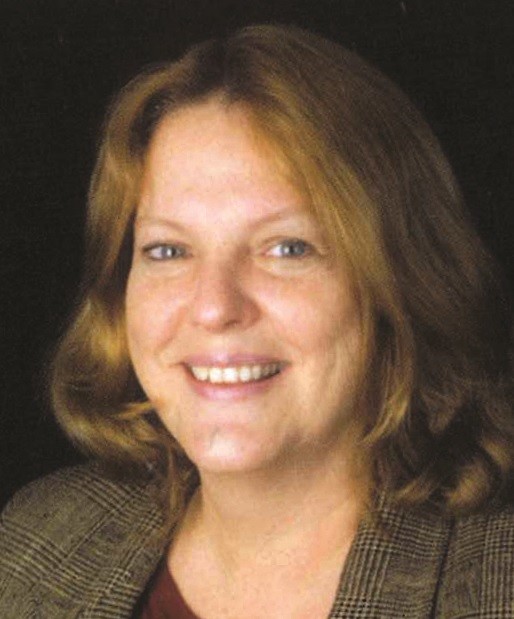Our museums create high return on investment
There may be a trend developing in the State of Florida towards reducing funding for museums and cultural institutions. If that occurs, then all regions of the state could lose out.
Museums, historic sites and the arts and cultural sectors contribute substantially to Florida’s tourism-based economy and what makes Florida such a unique, well-rounded, vibrant tourist destination.
A recent study by the American Association of Museums and Oxford Economics stated that Florida museums contribute $2.9 billion to the state economy annually.
Regional nonprofit attractions, such as museums and cultural institutions, benefit from state-awarded grant money, including from the Department of State, Division of Historical Resources, Special Category Historic Preservation grants, and the Division of Cultural Affairs, General Programming Support grants. These grant dollars are then matched dollar for dollar and reinvested locally in projects that make our community unique and preserve an exceptional quality of life.
Governor Rick Scott and our state legislature have been some of the most influential proponents of getting an economic return from the state’s cultural assets. From spearheading initiatives such as Visit Florida to supporting grants that create jobs and return on investment through our cultural facilities. The field is helping our leaders promote Florida’s economic health. We hope that cultural museums and facilities can continue contributing to our state’s robust economic engine with help from our elected officials in Tallahassee.
It would be an unsettling trend if funding opportunities for nonprofit museums, university museums, or State historic sites were to be shifted by unelected administrators within the Department of State in Tallahassee and reallocated against legislative intent as outlined in Florida statutes. This year we could lose funding for particular historic sites like Fort Clinch in Fernandina Beach, or miss important information from archaeological documentation about endangered places around the state. Loss of funding for museum exhibits is particularly striking. One application recently scored at 17 out of 59 applications on the Special Category Grants list in a public process but was dropped to a score of 55 in an unprecedented reordering by the Department. That fall in scoring eliminates one museum’s ability to bring WWII history, maritime heritage, and veterans’ sacrifices defending our coast to a new generation using cutting edge, educational technologies. Museum exhibits, archaeological programs, and State historic sites have been eligible for Special Category funding for a long time with more than terrific economic and educational returns.
Visit Florida released information late last year stating that 1.1 million Floridians are employed in the tourism sector, with 65 percent of the state’s tourists supporting or attending a museum or other culturally-based activity or institution during their stay in Florida. That is 31 million visitors a year that go to Florida museums. And, those visitors spend money on many other goods and services that support many different small Florida businesses.
According to a 2013 report from Mandala Research, a cultural tourist typically spends more and stays longer than other types of travelers. The U.S. cultural traveler spends 60 percent more, approximately $1,319 per trip compared with $820 for those who do not participate in cultural or heritage attractions. That adds up to more economic impact for our economy and more tax receipts for our state and local governments. Our cultural facilities also employ thousands here in Florida providing jobs and prosperity for Florida families throughout the state.
When natural disasters hit as they have for our region for the last two years in a row, all local businesses take a financial hit. However, our state’s nonprofit attractions, which already run on tight margins, are still committed to their community service missions despite thousands of dollars in the additional preservation and clean-up costs. For the state to maintain its current economic impact as the nation’s leader in tourism, and to provide exceptional places for Florida’s tourists to visit, we need to continue supporting the cultural sector. Support, in turn, helps create the jobs that are necessary to sustain all Floridians. It will also preserve Florida’s unique sense of place and provide all sorts of nonprofit, community support programming and educational opportunities. Museums matter.
Action is critical at this juncture. Concerned residents in support of funding museums and cultural institutions should consider contacting their state representatives and senators to thank them for their support of Florida’s museums, historic sites, and cultural icons. Help support our state’s cultural heritage and historic sites, as they are part of the foundation of our state’s economic health and contribute significantly to the quality of life for its residents.
Kathy Fleming is the president of the Florida Association of Museums and executive director of the St. Augustine Lighthouse and Maritime Museum Inc.








